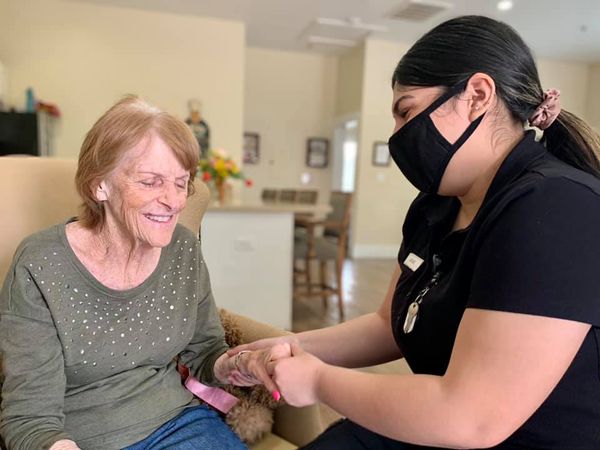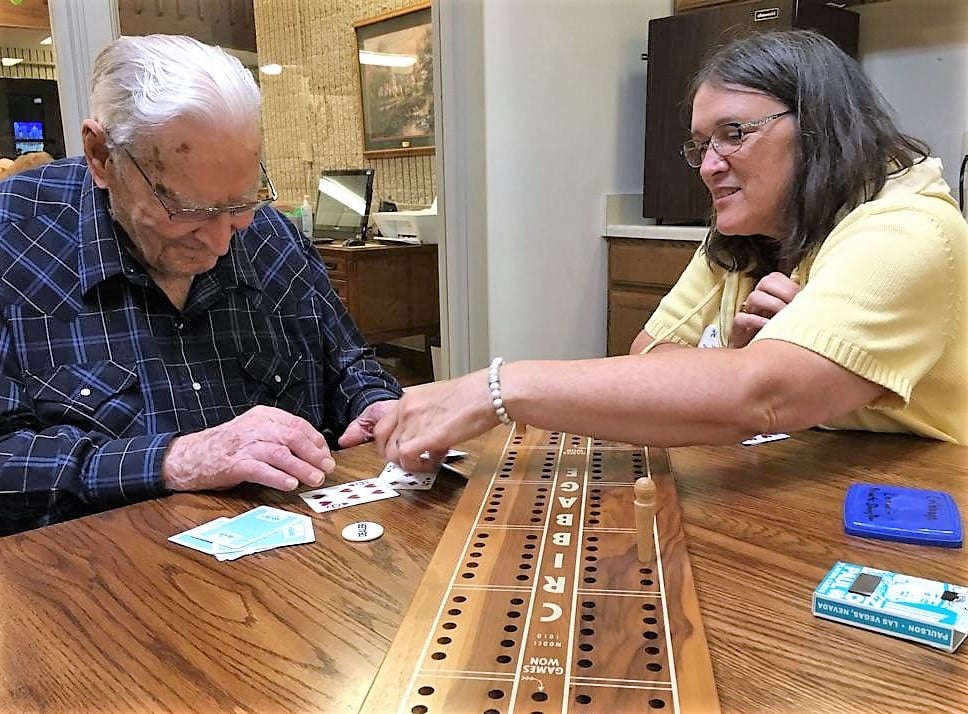Many people lump senior housing options into one category, often using the term “nursing home” as a blanket term to cover all types of care available. Although it’s true that senior housing options used to be much more limited, more options have emerged to serve seniors based on their wants and needs. Although the goal of both types of residences is to provide help and care for seniors, it’s important to understand the innate differences between nursing homes (may also be called skilled nursing, rest homes or care homes) and assisted living.
Who They Serve
Typically, nursing homes are typically a better fit for individuals who require medical care due to more complex health ailments. Those ailments could be physical or psychological and have left them unable to care for themselves. Nursing homes typically offer a higher level of care. This could cover anything from assistance bathing, dressing or using the restroom.
In contrast, residents of assisted living are typically much more independent, but may need a little help with some facets of daily life. That help may be with an activity of daily living (ADL) such as bathing or dressing, or it could be as simple as needing more company, socialization opportunities or just a helpful and watchful eye making sure they’re ok. Assisted living residents may be capable of cooking, cleaning and doing laundry, but prefer for someone else to help with those things.
Length and Type of Stay
A move to assisted living usually involves more choice for the resident. They may want to stay at home but just need a bit more help to truly thrive. They’re searching for a place to call home a longer length of time. It’s not unusual for residents of Agemark Senior Livingcommunities to live with us for years!
Nursing homes are often used to recover or rehabilitate from an injury. It’s even typical for someone go back and forth from AL following short stays in skilled nursing. Nursing homes are also typical in end-of-life situations, if an individual’s ailments or cares are too much for their AL to manage. Assisted living may be able to provide end of life care as well, sometimes with the assistance of a third-party such as a home-health care provider or hospice support.
Medical care
Assisted living is not a hospital, but care can be provided by trained staff members and on-site RN’s or LPN’s who are allowed to pass medications, take vital signs and more. Residents of assisted living typically keep their own doctors and use provided transportation or drive themselves to appointments. In some communities, on-site medical care or physical therapy may be offered.
Nursing homes offer the highest level of care outside of a hospital. Thus, they have more on-site medical care, equipment and staff to take care of all day-to-day health needs or even rehabilitation services.
Both nursing homes and assisted living communities offer safety options including emergency call buttons that can be worn (life alerts) or pull cords to call for quick help.
Look and Feel
Another major difference is the look and feel of the community. Because nursing homes are more like a hospital, they often feel that way. Beds may be similar to what you’d find in a hospital and staff member may wear scrubs, not unlike what you’d see in a medical environment. Individuals are much more likely to have a roommate.
In contrast, assisted living feels more home-like, similar to an upscale apartment complex, often with many different sized common spaces, perhaps an outdoor area and lots of opportunity for socialization between residents. Apartments in assisted living could be shared, but many of them are private. In fact, Kensington-Evergreen communities a variety of different floor plans for potential residents and their family members to consider – from studio options up to two bedrooms. Staff members typically do NOT wear scrubs or hospital attire, instead opting for everyday attire such as a uniform of pants and polo shirts. Residents of assisted living get much more control of their environment – they bring their own items from home such as furniture and decor to make their apartment familiar and home-like. They usually have regular beds – if they want one. We’ve seen some folks who choose to forego a bed entirely, opting instead to sleep in their favorite comfy recliner!
Life Enrichment
A huge perk of senior living is socialization and a sense of community, as far as life enrichment is concerned, there are common threads, but also some marked differences. Residents of a nursing time typically stay in the building; but do leave on occasion, mainly with members of their family. Activities are typically held on-site. It’s not unusual to have children pay a visit to perform songs for residents, experience regularly scheduled movie nights, activities related to crafts or art or holiday celebrations.
Assisted living communities get their fair share of visitors and regularly scheduled activities such as those mentioned above, but they also benefit from outings and activities held outside the community. It’s typical for residents of Agemark Senior Living Communities to take a trip to the local zoo, have lunch at a local café, visit a vineyard for a wine tasting or attend a baseball game. Many assisted living residents benefit from free transportation to run errands or make appointments, but also, many actually keep their own cars on-site, driving themselves when needed if they are able. Life Enrichment is a primary focus of all Agemark communities.
Other offerings: dining, pets and more!
Dining: In assisted living, the dining options are plentiful. Some resident rooms may even feature kitchenettes, which allows residents cook their own meals. They also have spacious dining rooms, with restaurant style service, featuring daily special offerings as well as a choice of regular menu items. And if you don’t like any of the options, many will make something special just for you. In contrast, nursing homes leave meal preparation exclusively to the dining staff, with communal dining or in-room service options.
Pets: Many assisted living communities allow pets, sometimes with limits on the size or type of animal. Skilled nursing typically does not allow pets.
State or Federal Aid: Most assisted living is private pay, although long term care plans and veteran’s benefits are often accepted. Skilled nursing usually accepts Medicare for at least some of a resident’s stay.
When it comes to senior living, there are differences between what is provided depending on which option you choose. Of course, no two communities are exactly alike, so if you’re considering skilled nursing and assisted living options, it’s important to dive in and research any option you’re considering and visit both to truly understand the difference. To learn more about if assisted living is right for you or your loved one, contact Kensington-Evergreen!



